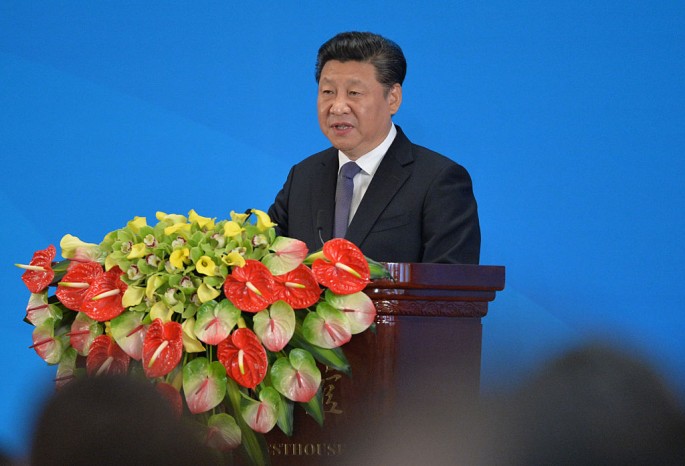Chinese President Xi Jinping explains his point of view of the country’s hallmark economic policy after an anonymous authority reveals a big shift in the Chinese economy via a top state-run newspaper.
A day after People's Daily published an interview-style article about a supposed "authoritative source" whose identity was not revealed, the state-run news agency also publicized Xi's 20,000-word manuscript explaining China's economic past, present and future.
According to the South China Morning Post, Xi's most comprehensive elaboration of the Chinese economy focused more on differentiating their "supply-side reform" from the Western-style policy.
The outlet said Xi was referring to some reports that compared China's economy to that of the United States under President Ronald Reagan and Britain under Margaret Thatcher.
According to Xi, China's version of the supply-side reform focuses more on structural measures of seeking innovation than "an issue of tax or tax rate."
Supply-side Structural Reform
"I need to be clear, the supply-side structural reform we are talking about is not the same as the supply-side economics school in the West," Xi's explanation stated.
Drawing a line between the Western-style economics, Xi reiterated the importance of understanding the meaning of the supply-side structural reform which he had previously discussed during the 2015 central economic work conference.
According to the Chinese president, while there had been debates on the matter at the time, it appears as though the issue has not been very clear to some Chinese officials.
Explaining the reform again, he said it would only be implemented through "cutting capacity, reducing inventory, cutting leverage, lowering costs, and strengthening the weak links."
"Our supply-side reform, to say it in a complete way, is supply-side structural reform, and that's my original wording used at the central economic work conference. The word 'structural' is very important, you can shorten it as 'supply-side reform,' but please don't forget the word 'structural,'" he added.
Overcapacity
According to the SCMP, China's current economic slowdown can be partly blamed to the overcapacity in some industries such as coal and steel mining.
However, Xi said the country cannot rely on stimulating the demand alone to address this problem as the issue is more on the lack of proper structural reform to accommodate the change in demands.
"The problem in China is not about insufficient demand or lack of demand; in fact, demands in China have changed, but supplies haven't changed accordingly," he explained.
Chinese Academy of Social Sciences' former vice president Li Yang explained that Xi's current economic policy path is synchronized with the global trend.
"The economic problems cannot be solved by demand-side policies," the expert told the outlet. "Macro economies around the world, including China's, are changing toward supply-side policies, paying attention to the real economy, structural factors, and eyeing innovation as the major driver."



























